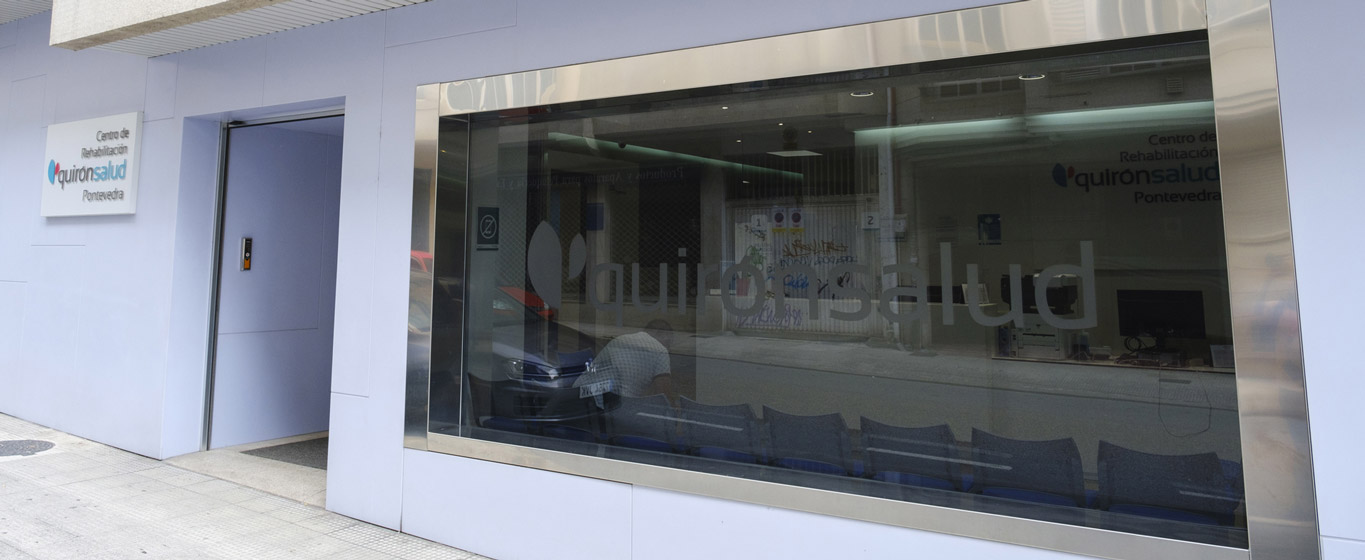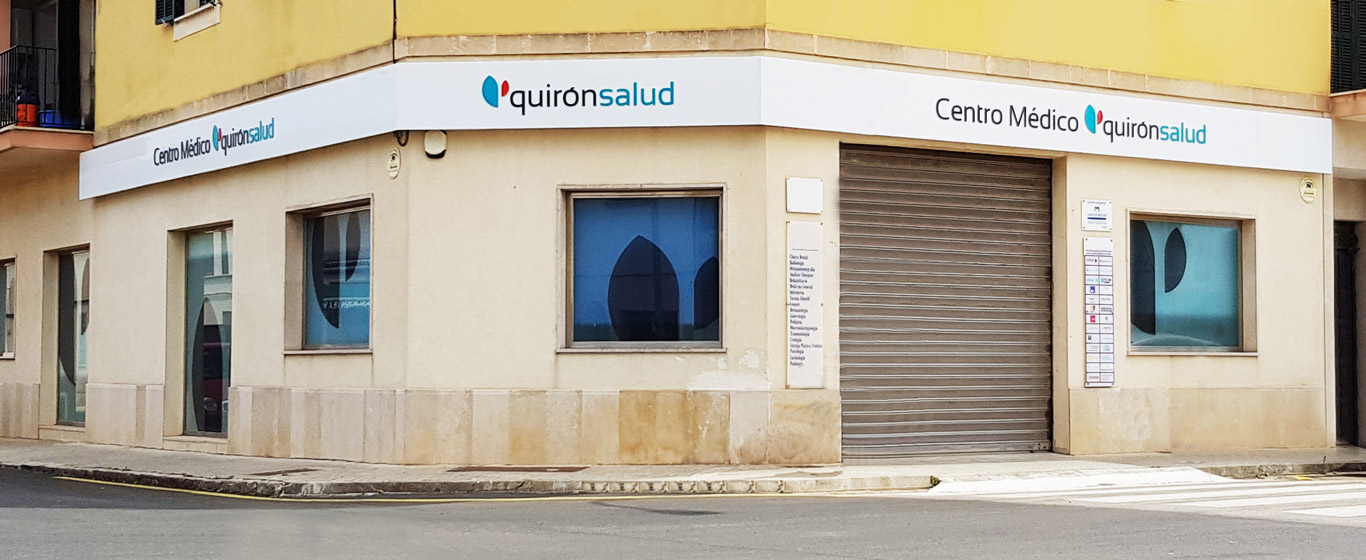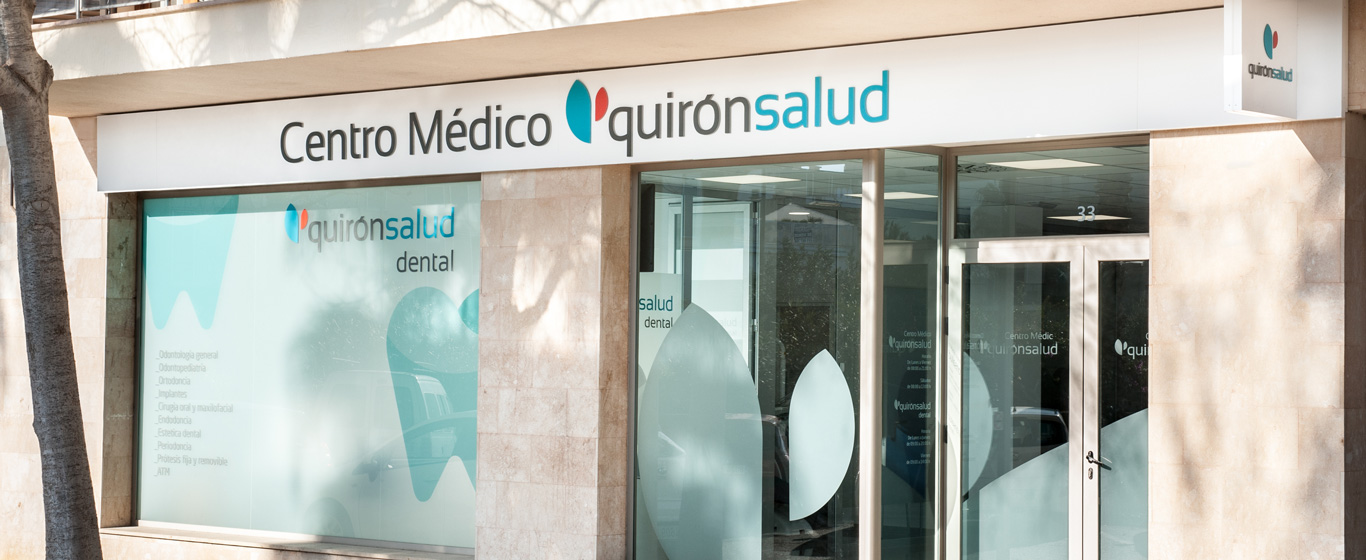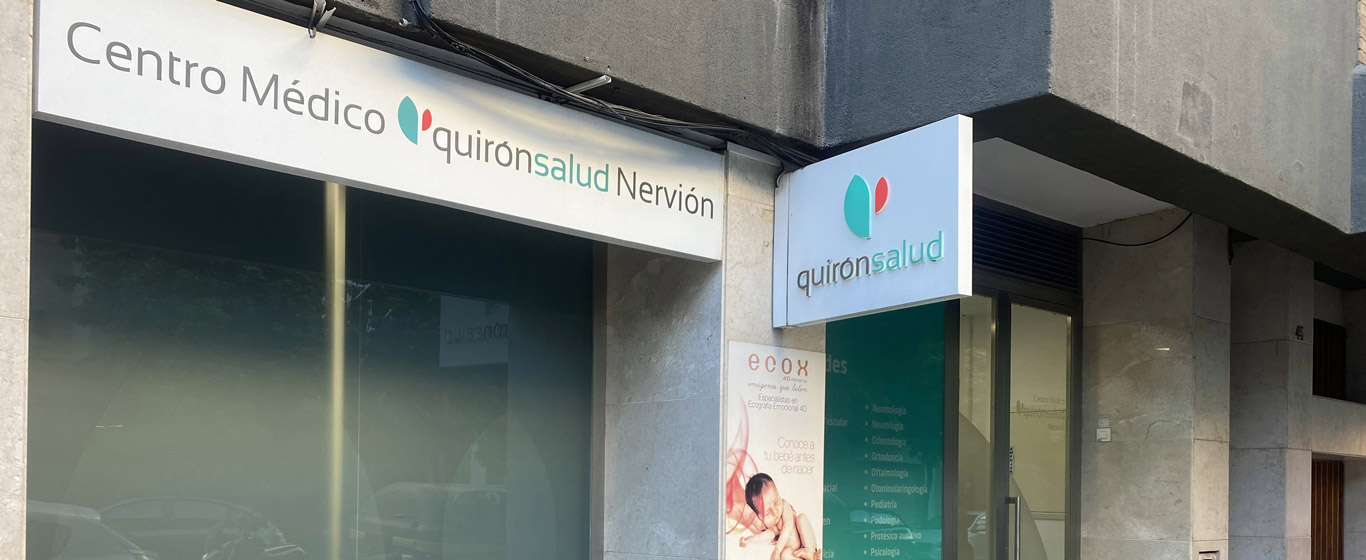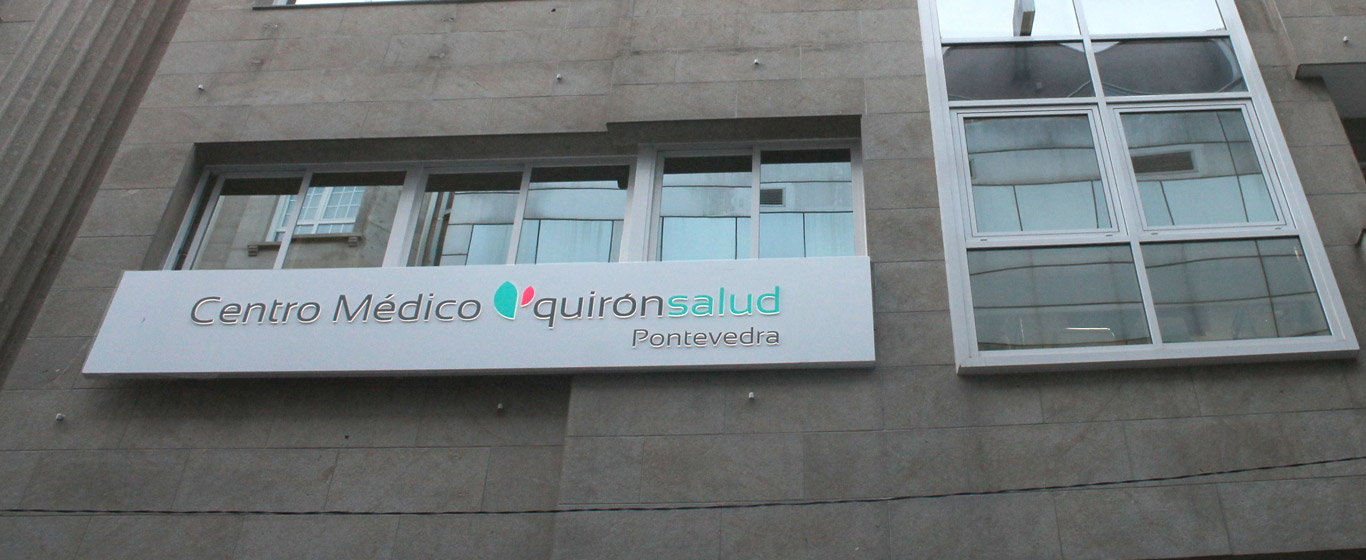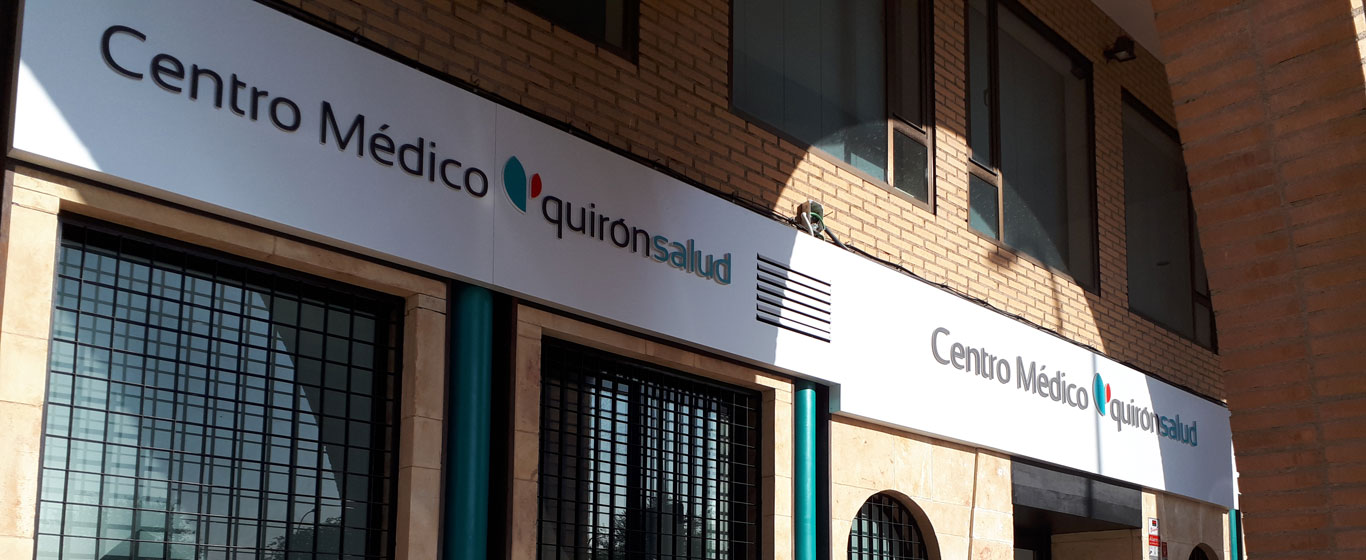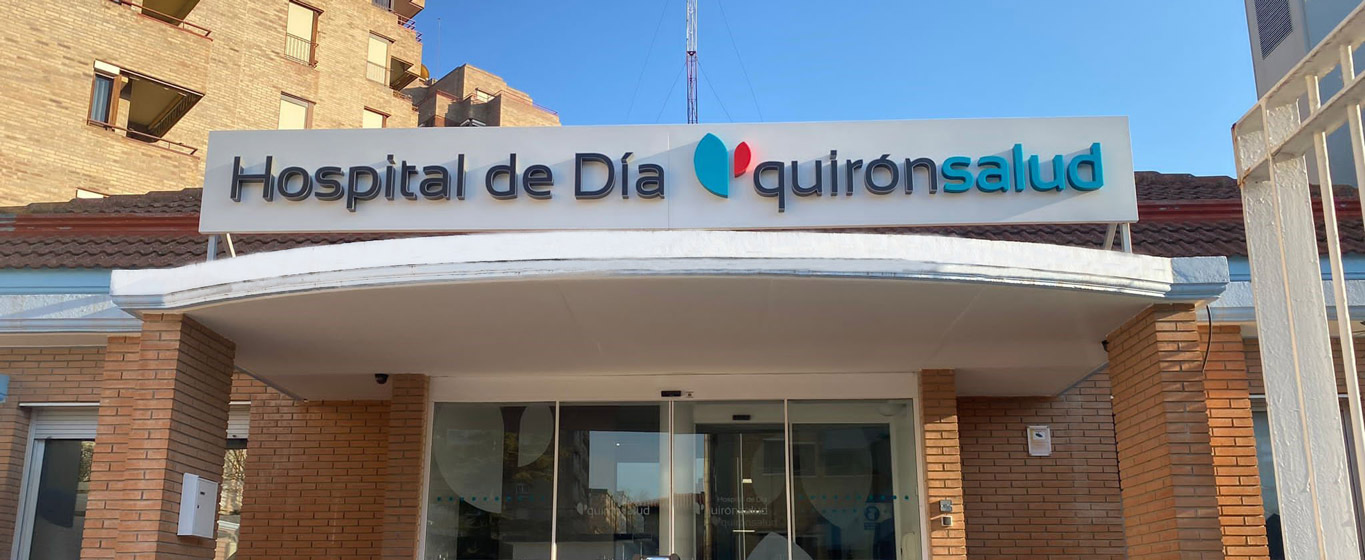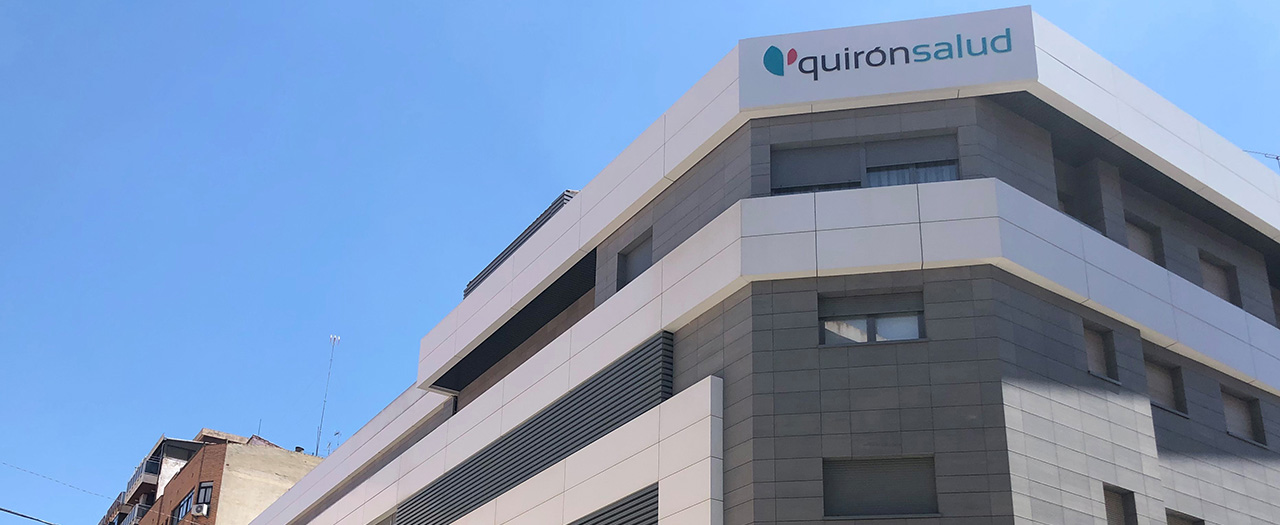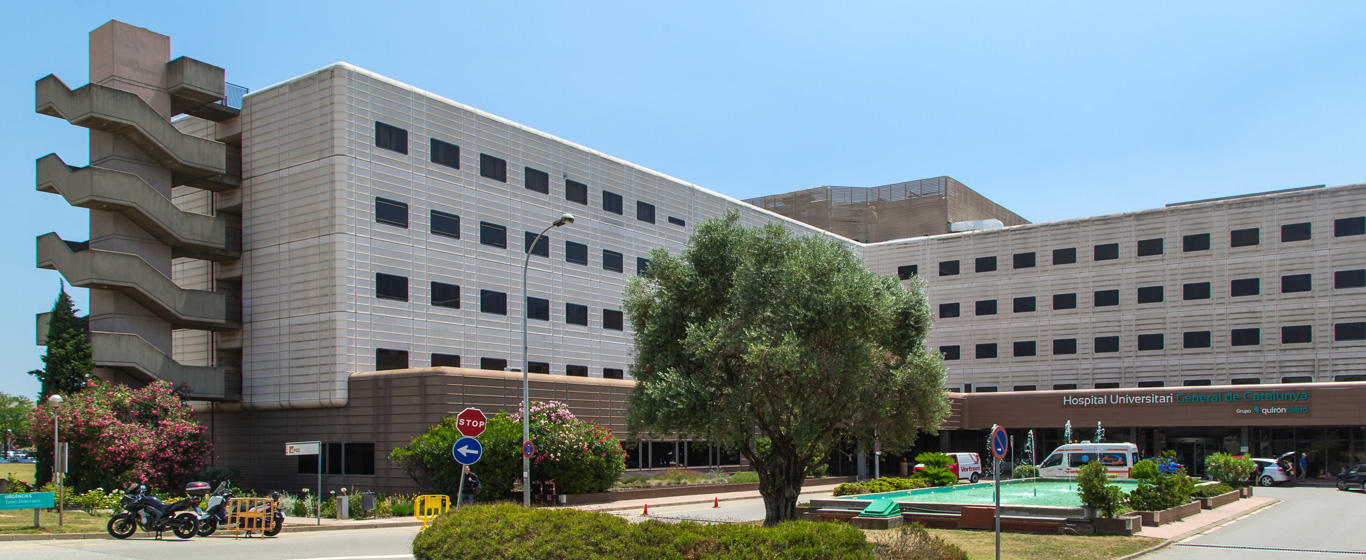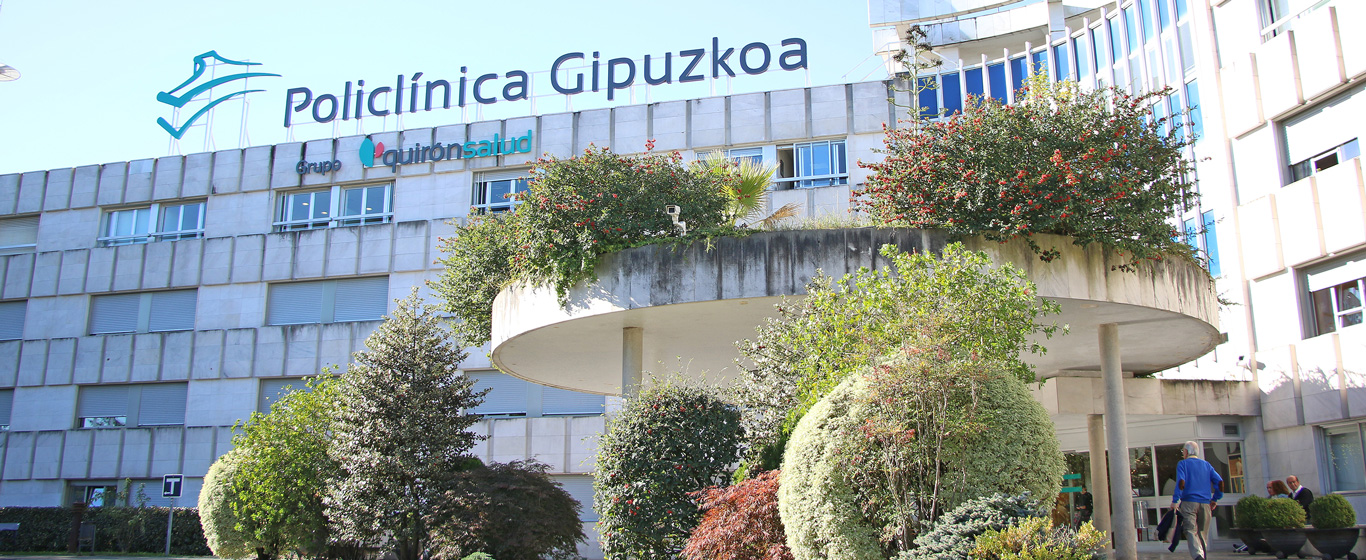Hemangioma
All about the causes, symptoms, age of onset, and treatment of benign vascular tumors.
Symptoms and Causes
A hemangioma is a benign tumor of the blood vessels (angioma) characterized by rapid and deep growth. It can extend into the subcutaneous tissue and, in rare cases, into internal organs.
Depending on its extent, hemangiomas are classified into two major groups:
- Capillary hemangioma: develops in the superficial layers of the skin due to the excessive growth of small blood vessels (capillaries).
- Superficial capillary hemangioma: commonly referred to as strawberry marks because of their reddish or pinkish color.
- Acquired capillary hemangioma: dilations of capillaries with a rounded shape that appear as a result of skin aging. They are also known as cherry angiomas or Campbell de Morgan spots.
- Lobular capillary hemangioma (pyogenic granuloma): red, often moist nodules that tend to bleed easily.
- Cavernous hemangioma: develops in the deeper layers of the skin, including the subcutaneous tissue, and sometimes in internal organs.
- Hepatic hemangioma: one of the most common benign liver tumors, formed by an accumulation of blood vessels. It is usually asymptomatic and often discovered incidentally during routine imaging. Even without treatment, there is no evidence linking this type of angioma with an increased risk of cancer.
- Vertebral hemangioma: abnormal proliferation of blood vessels within the vertebrae, forming small tumors that generally remain asymptomatic.
- Cutaneous cavernous hemangioma: presents as a soft, reddish or purplish nodule upon palpation.
Hemangiomas often resolve spontaneously and do not require treatment unless symptoms interfere with the patient’s quality of life.
Symptoms
The most characteristic symptoms of hemangiomas include:
- Skin lesions in varying shades of red that appear during the first months of life. In adults (acquired hemangioma), they usually emerge suddenly after the age of 30 or 40.
- Lesions typically located on the head, face, neck, or chest, but may also appear elsewhere on the body, especially on the extremities.
- Flat or slightly raised lesions.
- Solid masses in internal organs, most commonly the liver or vertebrae.
- Bleeding: due to the excessive concentration of blood vessels, hemangiomas often bleed after accidental trauma or friction.
Internal hemangiomas are usually asymptomatic, though in some cases they may cause:
- Hepatic hemangioma: abdominal pain, nausea, vomiting, early satiety.
- Vertebral hemangioma: back pain, restricted mobility, or neurological disturbances.
Causes
The exact causes of hemangioma development remain unknown.
Risk Factors
The risk factors associated with the development of a hemangioma include:
- Premature birth.
- Female sex.
- Low birth weight.
- Fair skin.
- In acquired hemangiomas, hormonal changes.
Complications
It is uncommon for a hemangioma to pose a health risk or lead to complications. When complications occur, they may include:
- Rupture with bleeding.
- Ulceration.
- Scarring.
- Infection.
- Vision problems (if located near the eye).
- Breathing difficulties (if located in the nasal region).
- Decreased self-esteem due to cosmetic concerns.
- Hepatic hemangioma: spontaneous rupture causing intra-abdominal hemorrhage. Large cystic lesions may lead to thrombocytopenia (low platelet count) or coagulopathy (blood clotting disorders).
Prevention
Because the cause of hemangioma remains unknown, prevention is not possible.
Which specialist treats hemangioma?
Hemangiomas are diagnosed and treated by specialists in dermatology, angiology, and interventional radiology. In certain cases, traumatologists or internal medicine specialists may also be involved.
Diagnosis
Diagnosis of hemangiomas is primarily based on physical examination and observation of the lesions.
Hepatic and vertebral hemangiomas are detected through imaging studies, mainly magnetic resonance imaging (MRI) or computed tomography (CT scan).
Treatment
Most hemangiomas resolve spontaneously over time and do not require treatment. When lesions are large or cause complications, the most common therapeutic approaches include:
- Corticosteroids: these medications slow the formation of new blood vessels, halting hemangioma growth and sometimes reducing its size.
- Propranolol: considered the treatment of choice to inhibit the growth and promote regression of large infantile hemangiomas with a risk of bleeding or those located near the airways, eyes, lips, mouth, or ear canal.
- Pulsed dye laser: used to remove superficial lesions through laser excision.
- Surgery:
- In severe capillary hemangiomas, surgical intervention may be required. A small incision is made to completely remove the hemangioma, and reconstructive procedures are usually performed to minimize cosmetic deformities.
- Hepatic or vertebral hemangiomas are typically removed using minimally invasive laparoscopic surgery, with the aim of excising only the tumor while preserving healthy surrounding tissue.








